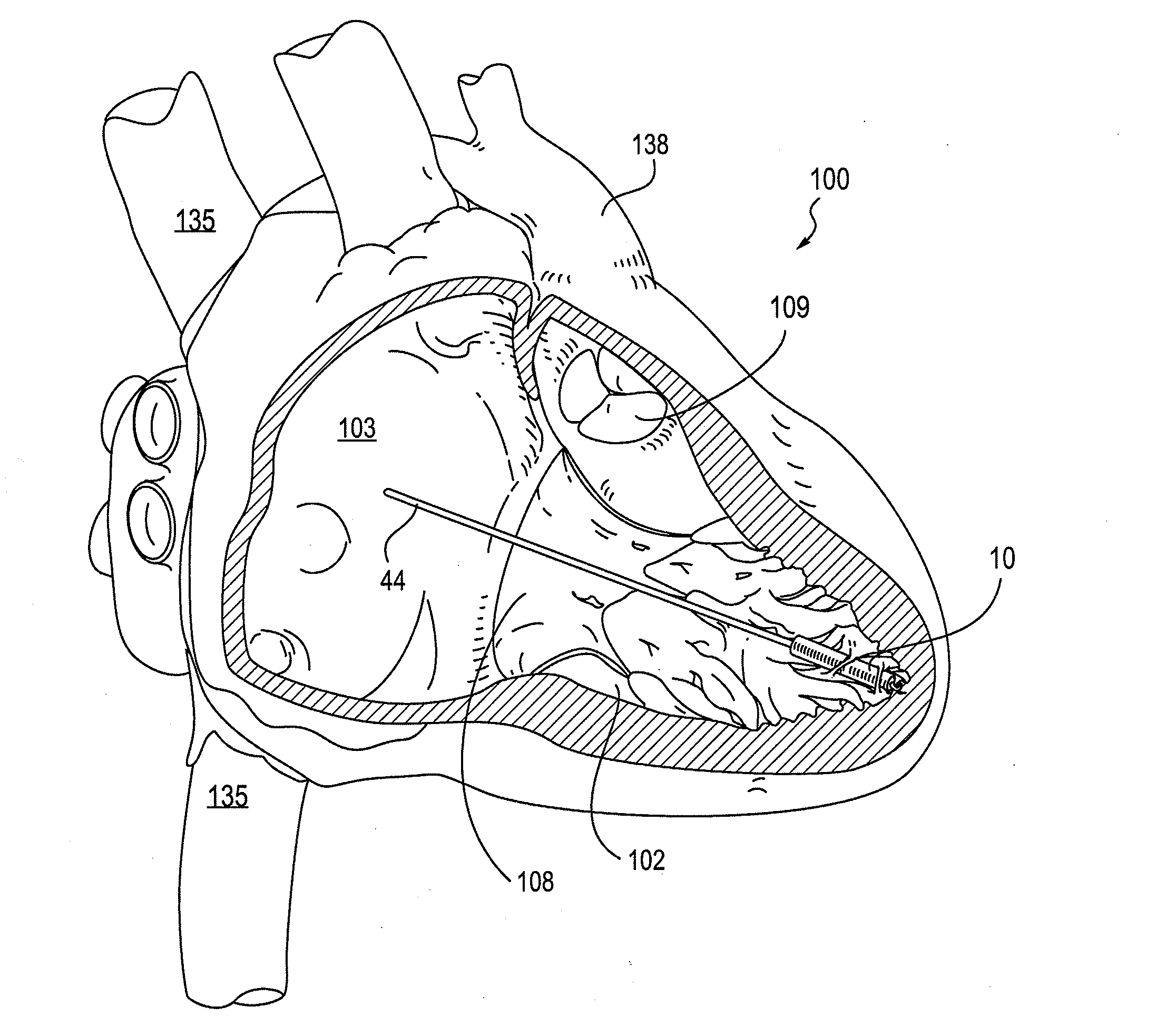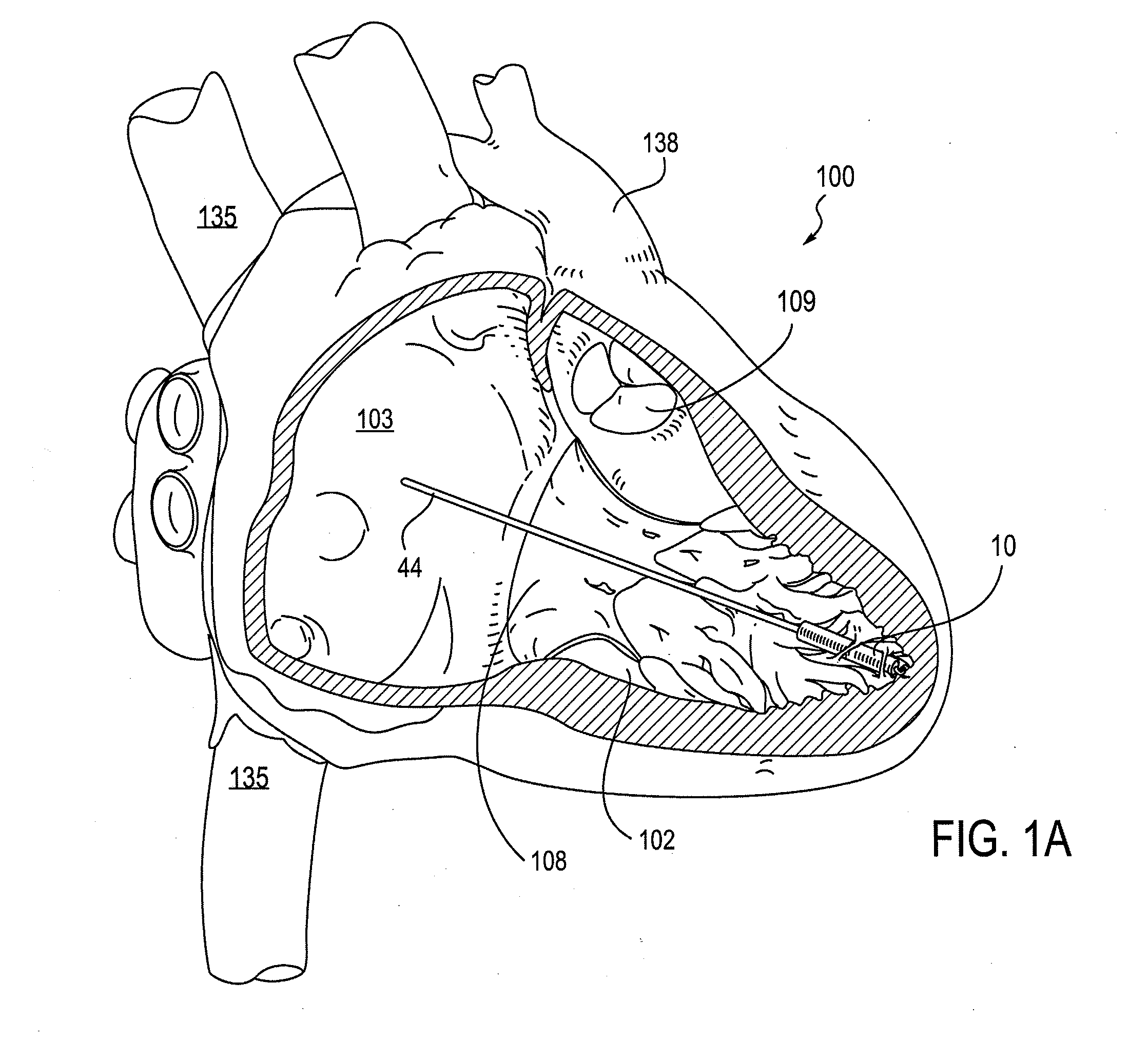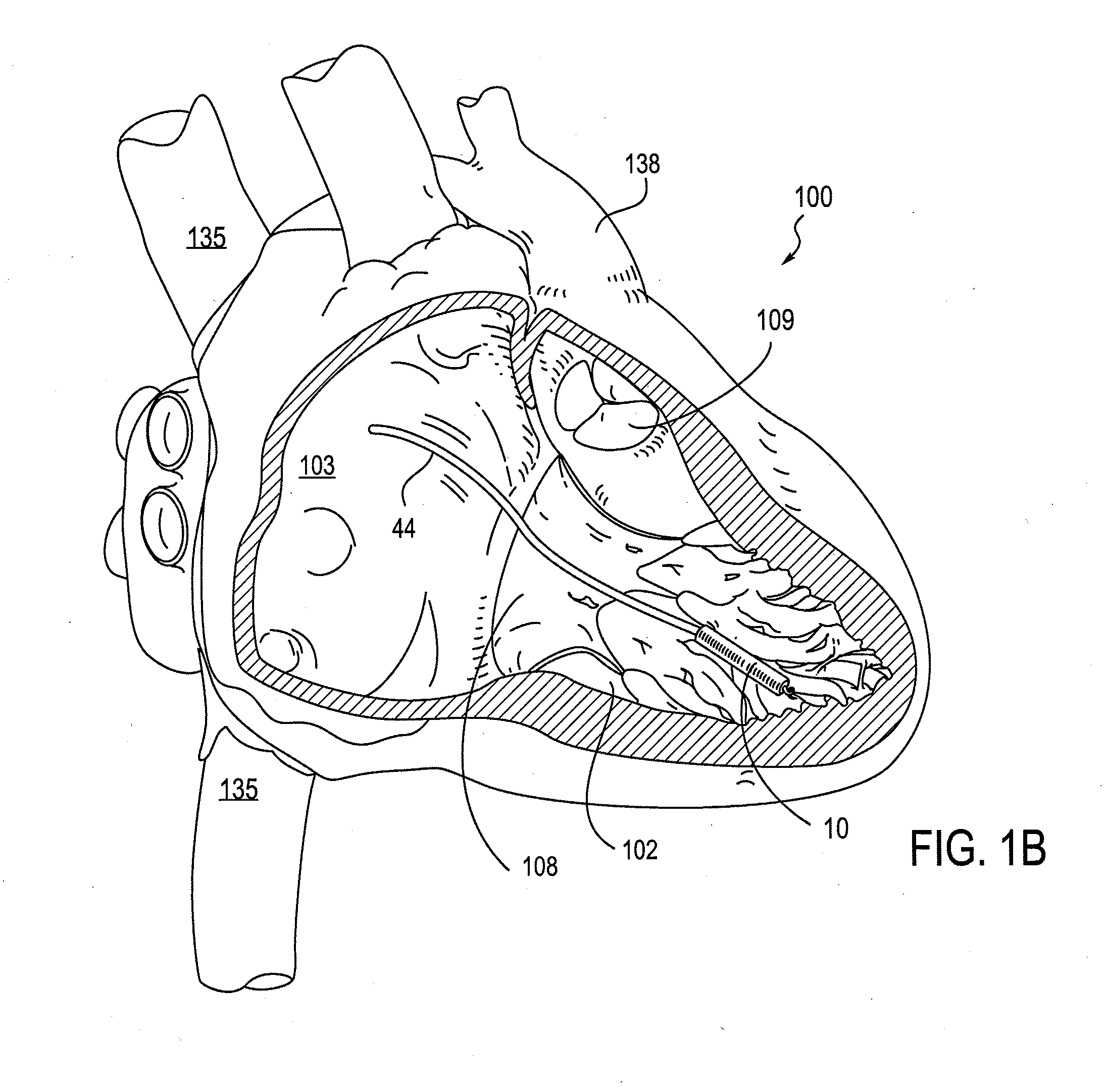Leadless Cardiac Pacemaker with Secondary Fixation Capability
a technology of lead-free cardiac pacemakers and secondary fixation, which is applied in the direction of electrotherapy, heart stimulators, therapy, etc., can solve the problems of subcutaneous pulse generators that can exhibit erosion, disconnection, infection, disconnection, etc., and prolong patient recovery. the effect of recovery
- Summary
- Abstract
- Description
- Claims
- Application Information
AI Technical Summary
Benefits of technology
Problems solved by technology
Method used
Image
Examples
Embodiment Construction
[0069]Leadless biostimulators (LBS's), also known as leadless cardiac pacemakers, for all their advantageous features over conventional pacemakers, could include as part of their profile a risk of loss into the downstream vasculature in the event of dislodgment from their site of primary fixation, were it not for the solution provided by embodiments of this invention. This invention provides various downstream vascular escape prevention methods and assemblies employing, e.g., “secondary fixation” in order to distinguish this form of attachment or fixation from “primary fixation”. In this context, primary fixation generally refers to an attachment or fixation of a cardiac pacemaker to an intracardial implant site (or primary fixation site) such that at least one of the electrodes of the biostimulator stably remains in intimate contact with that site on the myocardium. In contrast, secondary fixation generally refers to an element or assembly that retains within the heart chamber a bi...
PUM
 Login to View More
Login to View More Abstract
Description
Claims
Application Information
 Login to View More
Login to View More - R&D
- Intellectual Property
- Life Sciences
- Materials
- Tech Scout
- Unparalleled Data Quality
- Higher Quality Content
- 60% Fewer Hallucinations
Browse by: Latest US Patents, China's latest patents, Technical Efficacy Thesaurus, Application Domain, Technology Topic, Popular Technical Reports.
© 2025 PatSnap. All rights reserved.Legal|Privacy policy|Modern Slavery Act Transparency Statement|Sitemap|About US| Contact US: help@patsnap.com



